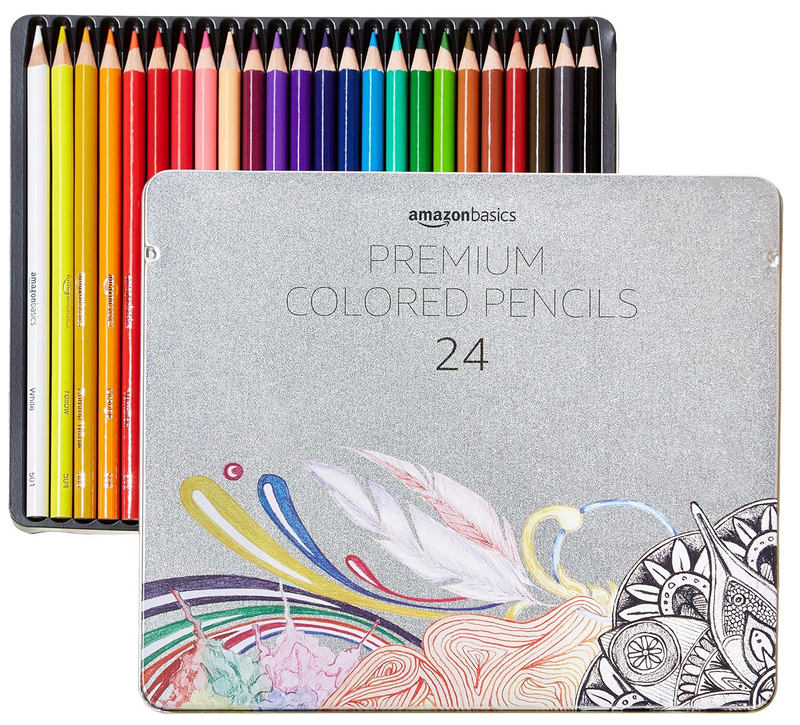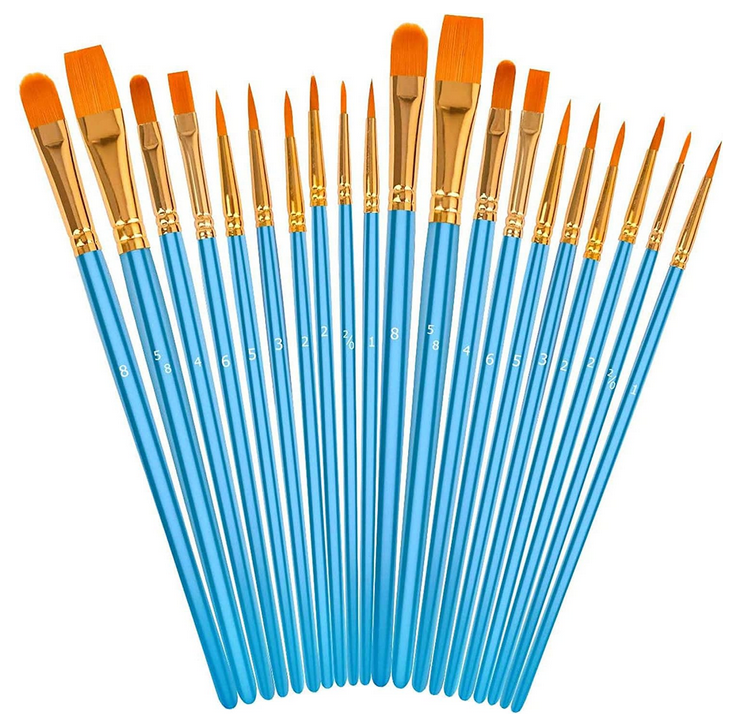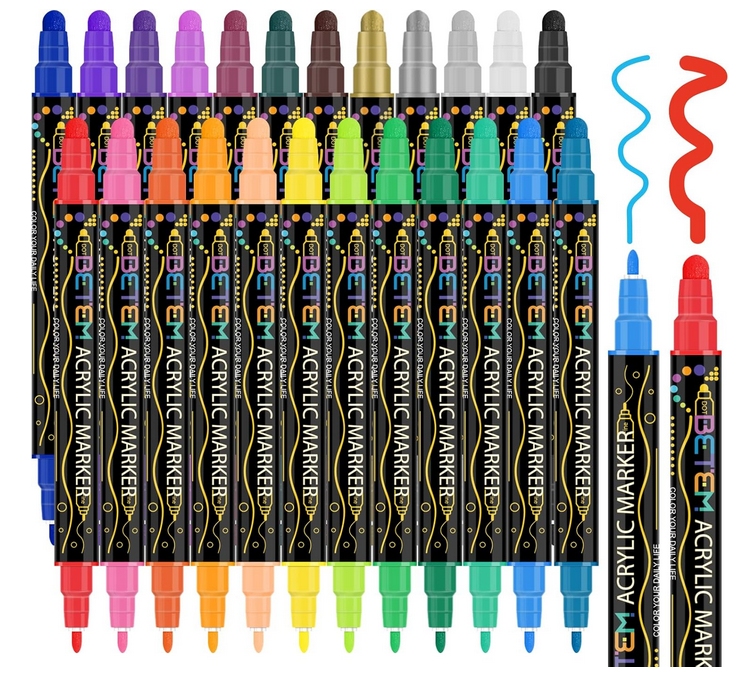Frida Kahlo
|
Frida Kahlo was a Mexican painter, born in 1907. She began life in a modest middle class family. But her life turned tragic when she was in a bus accident and she became bed-ridden for months - when she began to paint. |
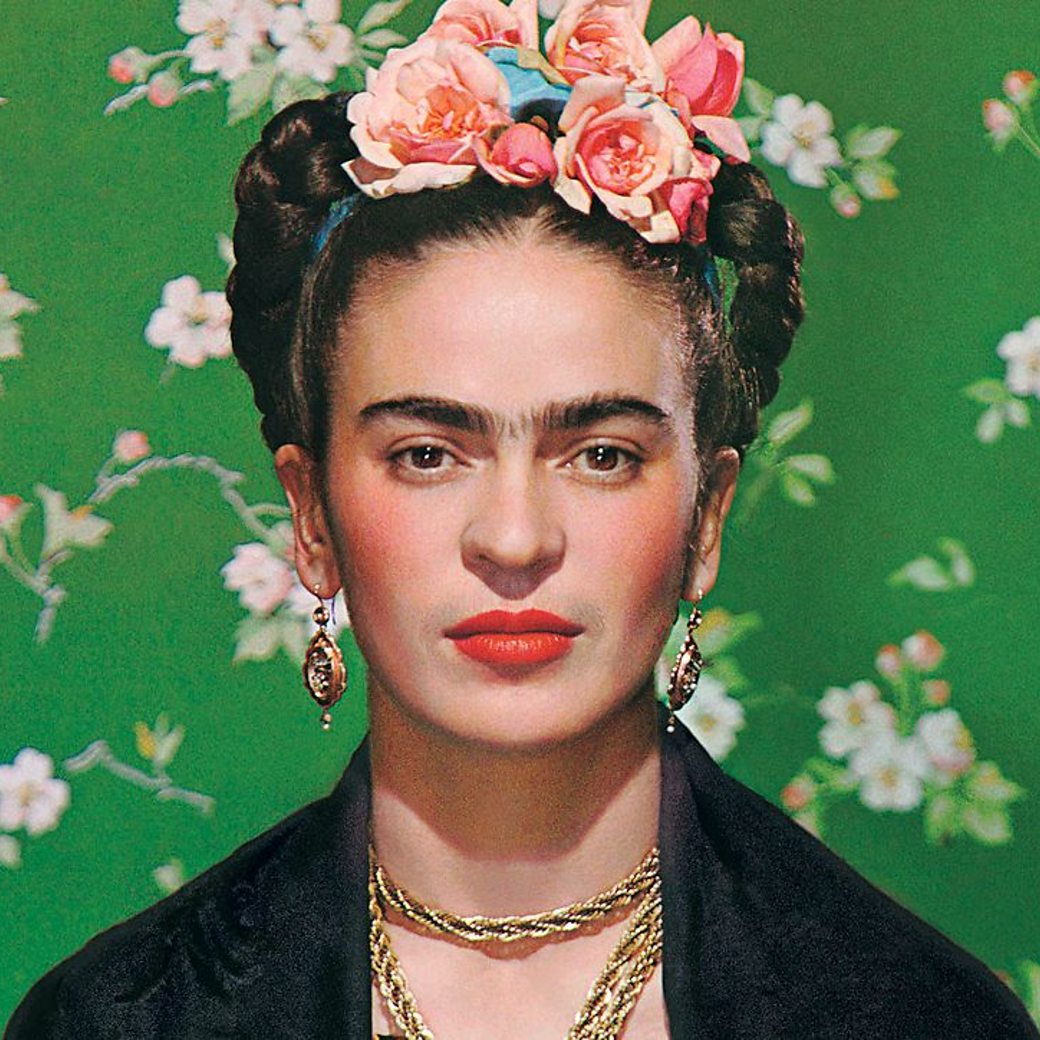 |
|
Andre Breton visited Mexico from France and told her she was a surrealist. |
She denied being a true surrealist she painted her reality, even though it seemed dreamlike. She was ill most of her adult life. "I only painted my own reality."1 |
"I paint because I need to and I always paint what comes into my head ...." | ||
|
At 5 o'clock sharp on September 17, 1925, Frida Kahlo was impaled by a handrail in a bus accident. She had a broken spine, collarbone, two ribs, pelvis and a leg. Her foot and shoulder were dislocated. She had an entry wound from the rail entering her abdomen and exiting "below." |
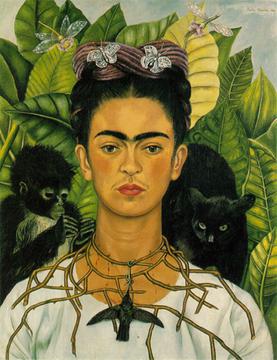 |
"I have to accept it. I'm getting used to suffering," she wrote to a close friend, while convalescing. Without fanfare, she began to paint as she was immobile in a cast. Her father built her an easel for her hospital bed and Kahlo made self-portraits as a distraction from the pain. | ||
|
After childhood polio, she had her bus accident. Then, she would eventually have 32 surgeries by the end of her life. |
Self Portrait with Thorn Necklace and Hummingbird She portrays herself as a mestiza, of mixed race, and combines Pre-Colombian and Christian imagery. |
Kahlo painted around 55 self-portraits. She addressed women's self-awareness and Mexican identity. |
la Casa Azul
She grew up in Coyoacan, a suburb of Mexico City, in a blue house that became know as "la casa azul." She showed an interest in science and was enrolled in the prominent National Preparatory School in Mexico City (la Escuela Nacional Preparatoria).
The Accident
While a student, still living in her parents' house, Kahlo had a horrific bus accident that led to a long convalescence during which began painting and continued to paint for the remainder of her life.
The Elephant and the Dove
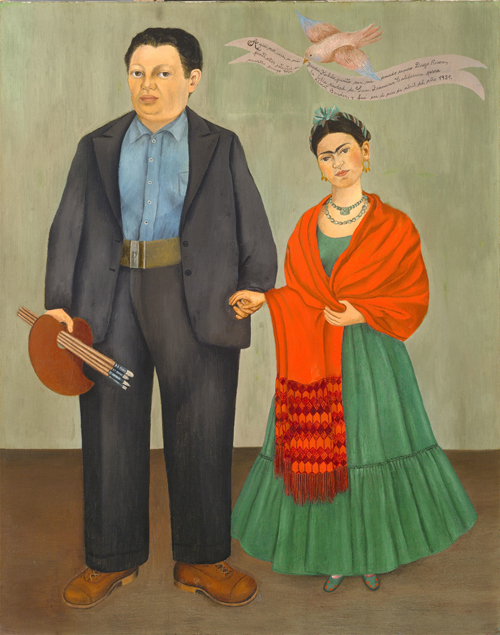
She met Diego Rivera and soon they married. Kahlo's mother referred to the couple as the elephant and the dove.
Soon after marrying Rivera in 1929, Kahlo changed her personal and painting style. She began to wear the traditional Tehuana dress that became her trademark.
The newlywed Kahlo traveled for three years with her husband who had commissions painting murals at institutional buildings. His work took them to San Francisco, Detroit, and New York.
In 1933 Kahlo and Rivera returned to Mexico, where they lived in a newly constructed house that was designed with separate individual living spaces with a bridge between them. Their house became a gathering spot for artists and political activists. The visitors included surrealist artists and the prominent revolutionary Leon Trotsky.
Tumult
By the mid-1930s, numerous difficulties undermined their marriage - and the two divorced in 1939. That same year Kahlo painted some of her most famous works, including The Two Fridas.
Kahlo reconciled with Rivera and remarried him in 1940 - the couple moved into her childhood home, La Casa Azul (“the Blue House”), in Coyoacan.
A Painter in her own Right
She got recognition without reference to her famous husband. Her first solo-exhibition was in New York in 1938. Surrealist Andre Breton helped organize exhibiting her work in Paris, France the following year. Breton wrote that she was a self-taught surrealist - she resisted this label.
She continued to be productive during the 1940s. She painted numerous self-portraits with varying hairstyles, clothing, and iconography, always showing herself with an impassive, steadfast gaze, for which she became famous.
In 1943 she was appointed a professor of painting at La Esmeralda, the Education Ministry’s School of Fine Arts.
Homage
Although Kahlo had achieved success as an artist in her lifetime, she became more famous after death on 1954. In the 1970s Frida-mania took hold to such a degree that she became one of the most well-known painters of the twentieth century.
The French Louvre also acquired one of her works, The Frame (c. 1938), making Kahlo the first 20th-century Mexican artist to be included in the museum’s collection.
Her childhood home (la Casa Azul) was turned into a museum.
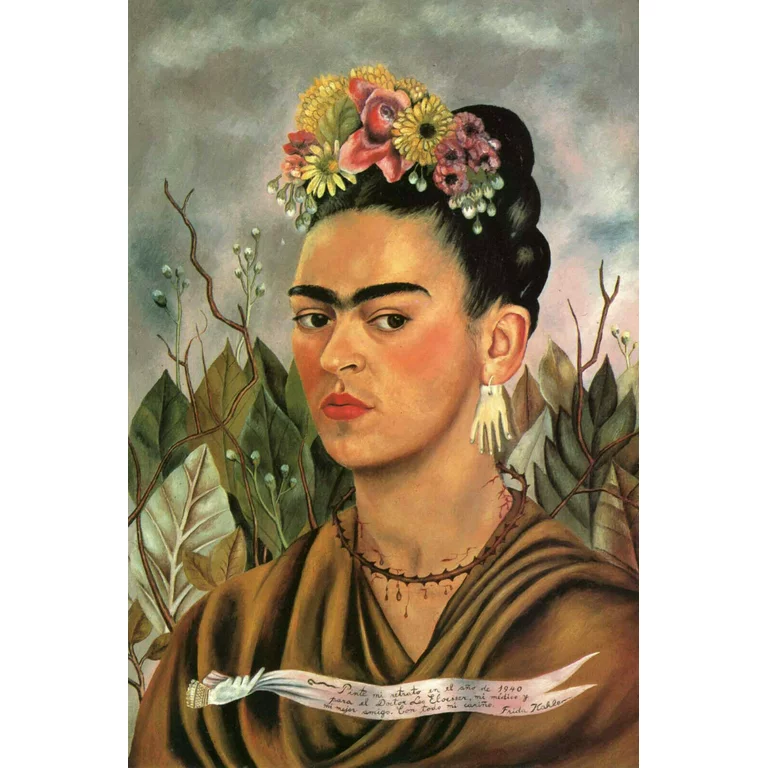
"The story of Frida Kahlo is narrated through her artworks. She left an indelible mark on the art world with her emotionally charged and autobiographical works. Among her 143 paintings, 55 are self-portraits, and the first one was painted in 1926 when she was only 19 years old. Starting her artistic journey out of the necessity to fill time and as a means of self-therapy, it gradually became something much more significant."
See also ... Frida Kahlo biography
Okay, so now I've put on some ads from Amazon - from which I may earn a few cents. (2025)


